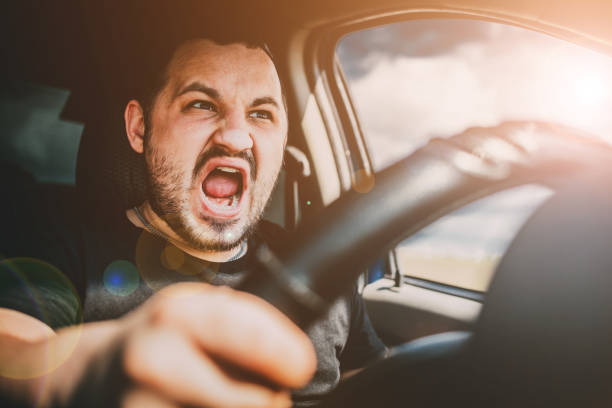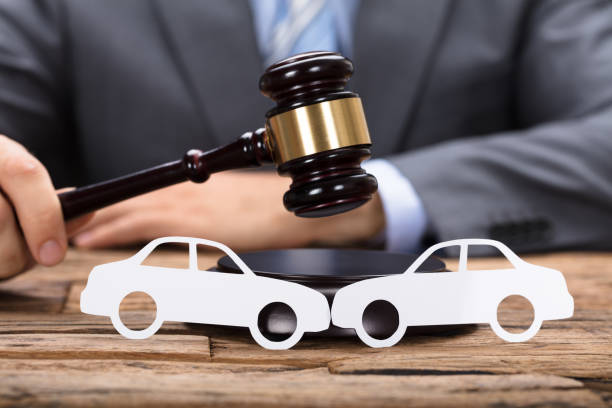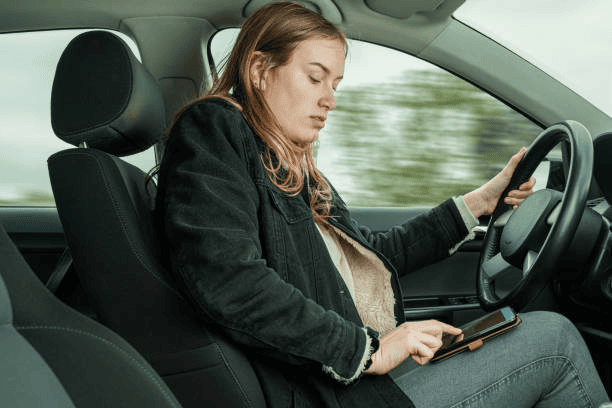Reckless driving is a serious traffic law offence in Australia with severe legal implications. It is defined as driving in a dangerous manner that disregards road rules and causes accidents or other damage. A reckless driving offence is commonly known as ‘hoon driving’ and includes:
- Speeding in excess of 45 km/h over the speed limit
- Driving a motor vehicle at 155 km/h or over
- Street racing
- Burnouts
- Road rage/intimidation
- Driving on the wrong side of the road
- Driving while intoxicated (drunk driving)
This article will further discuss the legal implications and additional tips for preventing reckless or careless driving.
Why Is Reckless Driving Dangerous?
Reckless driving is dangerous because it puts the driver, other road users, and pedestrians at risk of serious injury or death. Reckless drivers often ignore traffic laws and drive in a way that is not safe for themselves or others. Moreover, reckless driving can lead to a number of serious accidents, including:
- Head-on collisions
- Sideswipe collisions
- Rear-end collisions
- Pedestrian collisions
- Rollovers
Reckless driving accidents can cause serious bodily injury, like:
- Head injuries
- Neck injuries
- Spinal cord injuries
- Internal organ injuries
- Burns
- Amputations
- Death
In addition to physical injuries, reckless driving can also have a number of emotional and financial consequences. Victims of reckless driving may suffer from post-traumatic stress disorder (PTSD), anxiety, and depression. They may also be unable to work and may incur significant medical expenses.
What Does the Road Transport Act 2013 Say?
Section 117 of the Road Transport Act 2013 (NSW) in Australia defines three types of dangerous driving: negligent, furious, and reckless.
1. Negligent driving is driving in a manner that is likely to cause harm to yourself or others. This could include driving without due care and attention, driving under the influence of alcohol or drugs, or driving while distracted.
2. Furious driving is driving in a manner that is aggressive or threatening. This could include speeding, weaving in and out of traffic, or making sudden and erratic lane changes.
3. Reckless driving is driving in a manner that is intentionally dangerous. This could include driving at a high speed in a built-up area, driving through a red light, or driving on the wrong side of the road.
The penalties for dangerous driving vary depending on the severity of the offence. For negligent driving, the maximum penalty is 10 penalty units. For furious or reckless driving, the maximum penalty is 20 penalty units or imprisonment for 9 months. 30 penalty units or imprisonment for 12 months or both applies in the case of a second or subsequent offence

Penalties for Reckless Driving
If you are convicted of reckless driving or furious driving, you could face a number of penalties, including:
- A fine of up to $3,300
- Imprisonment for up to 18 months
- Loss of your driver’s licence for up to two years
You can also be charged with failing to stop and assist after an accident in NSW. This is a serious offence that carries the following penalties:
- A fine of up to $5,500
- Imprisonment for up to two years
- Loss of your driver’s licence for up to two years
It is important to remember that aggravated reckless driving and furious driving are serious offences that can have serious consequences. If you are unsure about whether your driving is safe, it is always best to err on the side of caution and drive slowly and carefully.
How to Avoid Dangerous Traffic Incidents?
To avoid reckless driving in Australia, here are some tips:
1. Choose a vehicle with safety features: Before purchasing a car, check the safety ratings of available cars. A vehicle with safety features reduces the chances of an accident and may even result in lower insurance premiums
2. Stay focused on the road: Avoid distractions while driving. Activities such as using mobile phones, eating, drinking, and changing radio stations can divert your attention and increase the risk of accidents
3. Follow speed limits: Speeding is a major cause of fatal road accidents in Australia. Always adhere to the posted speed limits and adjust your speed according to road conditions
4. Practise defensive driving: Learn defensive driving techniques, such as maintaining a safe distance from other vehicles, scanning the road ahead, and anticipating potential hazards
5. Avoid drunk driving: Never drive under the influence of alcohol or drugs. Plan ahead and arrange for a designated driver or use alternative transportation if you have been drinking.
6. Observe road rules: Familiarise yourself with and follow all road rules and regulations, including giving way, using indicators, and obeying traffic signals.
7. Stay alert for pedestrians and wildlife: Be aware of pedestrians, especially in urban areas and school zones. Additionally, watch out for wildlife, particularly in rural areas, and drive cautiously to avoid wildlife collisions.
8. Avoid aggressive driving: Maintain a calm and patient attitude while driving. Avoid aggressive behaviours such as tailgating, excessive honking, and road rage.
9. Regular vehicle maintenance: Keep your vehicle in good condition by regularly checking and maintaining essential components such as brakes, tires, lights, and signals. Proper maintenance ensures your vehicle is safe to drive.
Possible Defences
There are a number of possible defences to reckless driving cases in Australia. Some of these defences include:
- Lack of intent: The driver did not intend to drive recklessly.
- Mistake of fact: The driver made a mistake about the facts of the situation, which led to them driving recklessly.
- Necessity: The driver drove recklessly in order to avoid greater harm.
- Self-defence: The driver drove recklessly in order to defend themselves or someone else from harm.
- Duress: The driver was forced to drive recklessly by someone else.
- Mental illness: The driver was mentally ill at the time of the offence, which impaired their judgement.

Seeking Legal Advice About Reckless or Dangerous Driving
We at JB Solicitors have traffic lawyers who can aid both the claimant and the defendant in traffic law cases.
For the Defendant
- Advise the defendant of their legal rights and options: A traffic lawyer can advise the defendant of their legal rights and options, including the potential penalties for a conviction, the possibility of a plea bargain, and the potential for a trial.
- Gather evidence: We can help the defendant gather evidence in their defence, such as witness statements, dash-cam footage, or medical records.
- Negotiate with the prosecutor: A traffic lawyer can negotiate with the prosecutor on the defendant’s behalf in an attempt to reach a plea bargain or reduce the charges.
- Represent the defendant in court: If the case goes to trial, the traffic lawyer will represent the defendant in court and fight for the best possible outcome.
For the Claimant
- Advise the claimant of their legal rights and options: A traffic lawyer can advise the claimant of their legal rights and options, including the potential for compensation for their injuries, the possibility of a civil lawsuit, and the potential for criminal charges.
- Gather evidence: To establish the offence, the prosecution must prove beyond reasonable doubt that the the other party is guilty of driving a motor vehicle recklessly. A traffic lawyer can help the claimant gather evidence of their injuries, such as medical records, witness statements, and photographs.
- Negotiate with the defendant: A traffic lawyer can negotiate with the defendant on the claimant’s behalf in an attempt to reach a settlement.
- Represent the claimant in court: If the case goes to trial, the traffic lawyer will represent the claimant in court and fight for the best possible outcome.
Contact us today for more information about traffic and criminal offence matters.
